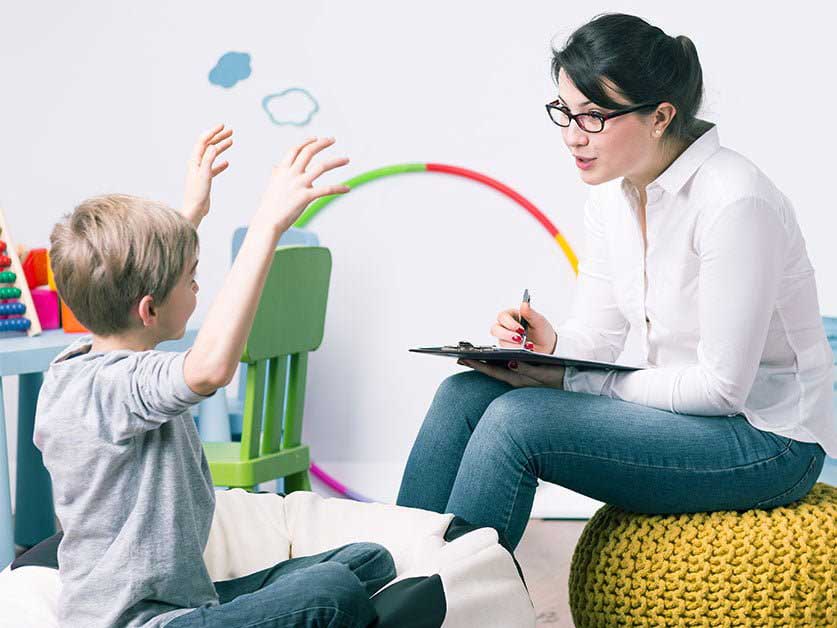How does routine support individuals with autism?
At the start of any endeavor, establishing a healthy routine from the very beginning is very powerful. Preparing the individual with ASD for an event, a new schedule, or a change in any area of life will help the individual navigate the new experience with less difficulty. For example, 5-7 days before school starts, review and begin to implement the new routine, which gives them an opportunity to adjust their thinking about it.
In This Article:
Benefits Of Routine
After School Routine
Benefits Of Routine
Implementing a strong routine and being consistent can pay big benefits in helping an individual get through the daily grind. When individuals with ASD are prepared in advance, their anxiety level is decreased.
Here are the basics everyone needs to know to understand the value of routine. Autism is a social disability that develops in response to the sensory hypersensitivity that individuals on the spectrum experience. If a brain is a 9-volt battery, a child who is not on the autism spectrum is using all 9-volts to process the world and create a world view and understanding that enables them to function smoothly, go with the flow and easily manage the unpredictability of most environments – they are naturally learning to manage life from their environment all the time. (Click here to read more about What are the Signs of Autism?)
In contrast, an individual suffering from autism’s sensory hypersensitivity must allocate some of their 9-volts to dealing with, managing, or interpreting uncomfortable and overwhelming sensory data. While that demand on their neurological energy can vary from day to day, some days it may require using 7 of the 9-volts just to manage the sensory environment. That means that only 2 of the 9 volts remain available for processing incoming data and learning from the environment!
That major difference in available bandwidth creates a number of specific areas of challenge:
- It affects the depth and breadth of the individual’s world knowledge base, so there is little or no experience to draw upon when making decisions or navigating problems
- It causes the individual to miss the subtle social information, leaving them unsure of how to respond in many situations, and without a social connection to the world
- It impairs the individual’s development of the social skill of flexibility or managing the unpredictability of life, leaving them rigid, desiring sameness, and anxious about many situations
- The lack of neurological processing energy available requires the individual’s brain to simplify the information that they processing into black and white, or very linear terms. As a result, the brain does not develop the interconnectivity, flexibility, or the ability to incorporate new information easily.
After School Routine
Here are some tips on improving your after school routine. When kids with autism get home, they are typically exhausted from managing the day at school, often holding it together until they just cross the threshold and then being on the verge of having a complete meltdown. If you can catch the child before they are in a full-blown meltdown, we recommend implementing a consistent routine that begins with going to the bathroom, having a snack, and then participating in some neurological regulation activity for 30 minutes, or whatever it takes to help calm the child and regulate them neurologically. That might be walking the dog, jumping on a trampoline, swinging in a swing, or some other activity that the child prefers. (For more description on how to successfully use activity for neurological regulation, please see the Essential Parenting Guidance Training). Once the child is regulated, homework should be done before any other recreational activity (especially video games).
Use the First/then technique to support the child in making the decision to do the homework. “First you have to finish your homework, then you can play your video games.” This needs to be a hard a fast rule to be effective. Children with autism can be very persistent in requesting what they want in the moment, but holding tight to the idea that the homework needs to be completed before the preferred activity will pay off once the child gets adjusted to the routine.
As always, children with autism benefit from visuals, so having a visual schedule that they can reference is probably helpful. Some children do get overwhelmed if they see too much on the schedule, so experiment with displaying the entire schedule vs. just the next step to see which is less difficult for your child. (Click here to read more about Creating a Routine Around Homework Can Help to Bring Calm.)






